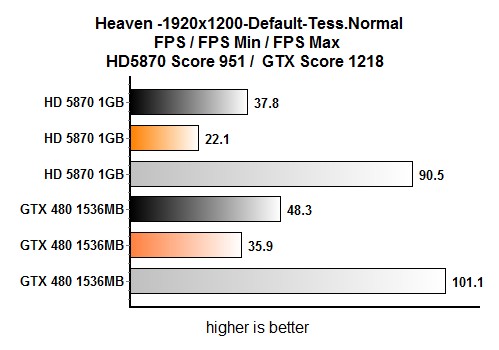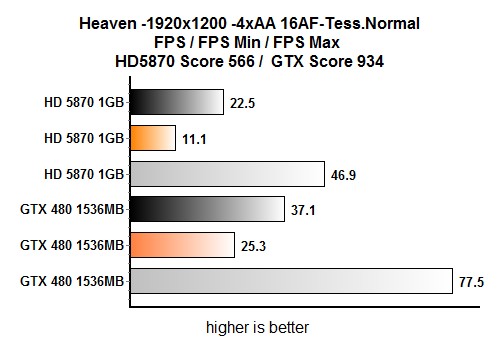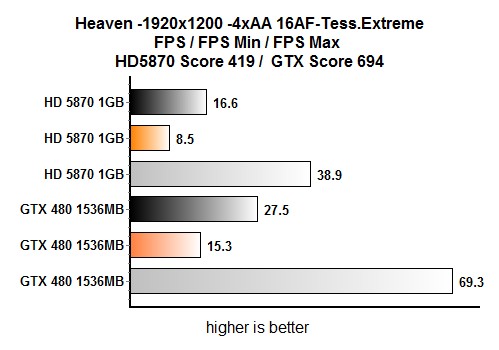Index
Page 6 of 9
DirectX 11 brings some new features with the most important trio consisting of tessellation, multithreading and DirectCompute, which will provide an overall more immersive gaming experience. DirectCompute is perhaps the most important feature of DirectX 11, as it is important for almost any type of application that has to deal with large amounts of data and for gamers too. When it comes to tessellation probably new DirectX 11 games will benefit mostly from it.
Tessellation allows increasing polygon complexity by dynamically subdividing the wireframe of 3D objects when objects are rendered to appear in close-up view while objects that are rendered in the distance need less detail. With tessellation, we can enjoy richer and sharper graphics with quality LOD (Level of Detail) in game while ensuring best possible performance behind the scenes.
Tessellation functionality is implemented and supported by DirectX 11 compatible graphics cards, which in combination with High Definition Displacement Maps can significantly increase the level of detail on most 3D objects. Nvidia's Fermi architecture and its first hardware offspring, the Geforce GTX 480 and GTX 470, supports Microsoft’s latest API and of course hardware tessellation, which Nvidia has targeted as one of the main ways it can differentiate the GF100 from the competition. It seems that Nvidia worked hard to ensure that we get the best implementations for tessellation, and we’ll know soon enough.
In the recently launched 2.0 version, Unigine benchmark shows how tessellation could be implemented in future games. Tessellation factor can altered real time, which directly affects image quality. There’s also extreme tessellation mode that shows mass tessellation, which probably won’t be implemented in games anytime soon. The following tables show why Nvidia is so excited by tessellation – the GTX 480 is simply better at it than the HD 5870.



Note beforehand that Unigine 2.0 uses tessellation levels that won't be implemented in games anytime soon, and so this benchmark is more for comparison purposes rather than just seeing which card churns out more frames.
Unigine 2.0 at 1900x1200 and normal tessellation sees the GTX 480 outpacing the HD 5870 by about 28%. It's well worth noting that minimum recorded fps on GTX 480 is 62% better than the HD 5870.
As soon as 4x antialiasing and 16x anisotropic filtering are turned on, the GTX 480 ends up with a 64.21% average advantage and it even hits a 127% better minimum fps.
The last Unigine 2.0 test runs at 1900x1200, 4xAA and 16xAF, which is identical to the previous test except for using Extreme tessellation. Strangely enough, while the GTX 480 again ends up about 64% faster, it seems that it takes a harder fps hit than the HD 5870. Compared to same scenario with normal tessellation, the GTX 480 takes a hit of about 10 fps whereas the HD 5870 drops by about 6 fps.
Strapped with 1536GB of fast GDDR5 memory, Nvidia GTX 480 has no trouble dealing with high resolutions and tessellation in undoubtedly one of the best looking PC games of 2010, Metro 2033. Metro 2033 is post-apocalyptic game developed by 4A Game and implements a number of advanced DX11 features with the latest generation of DX11 graphics cards.

